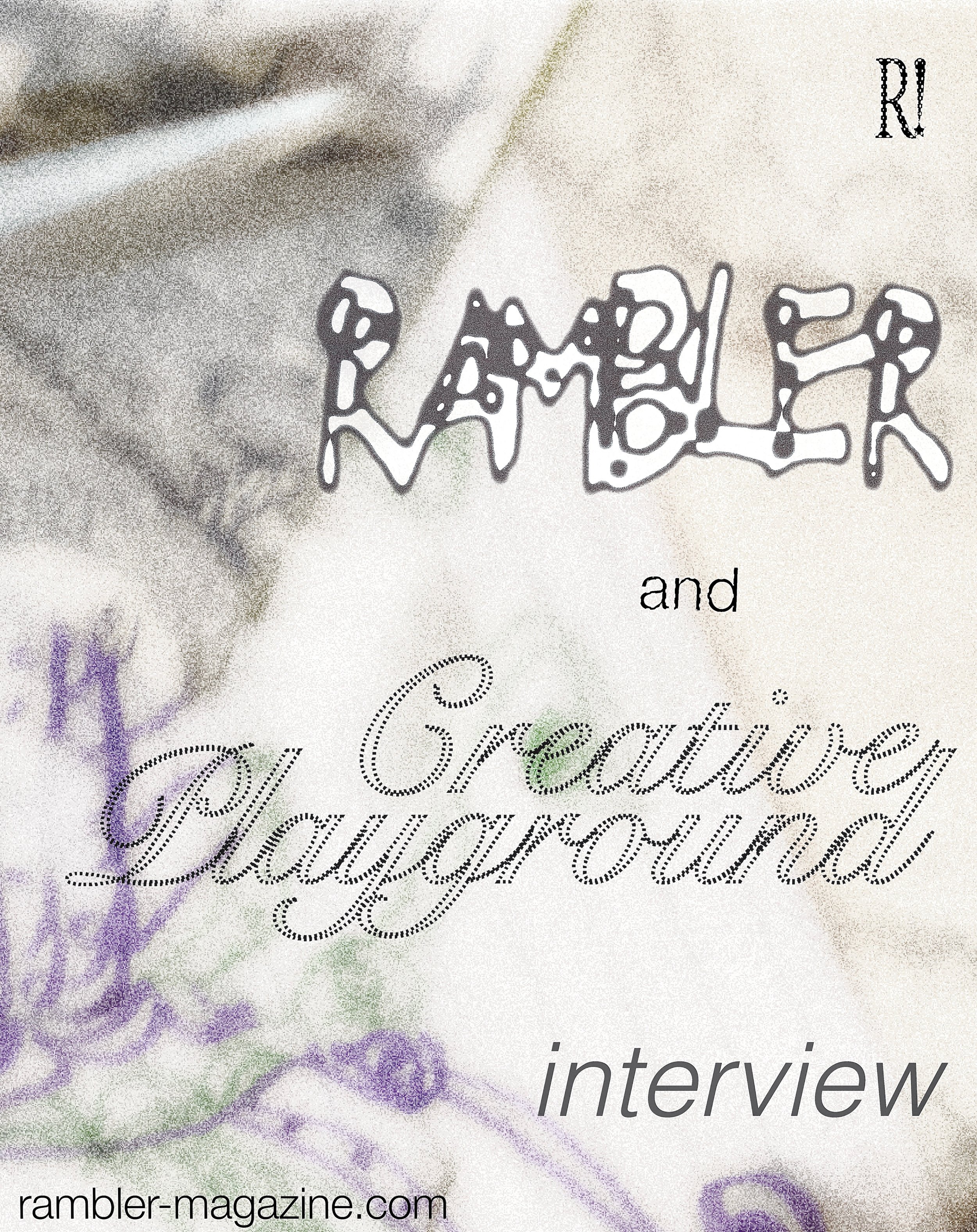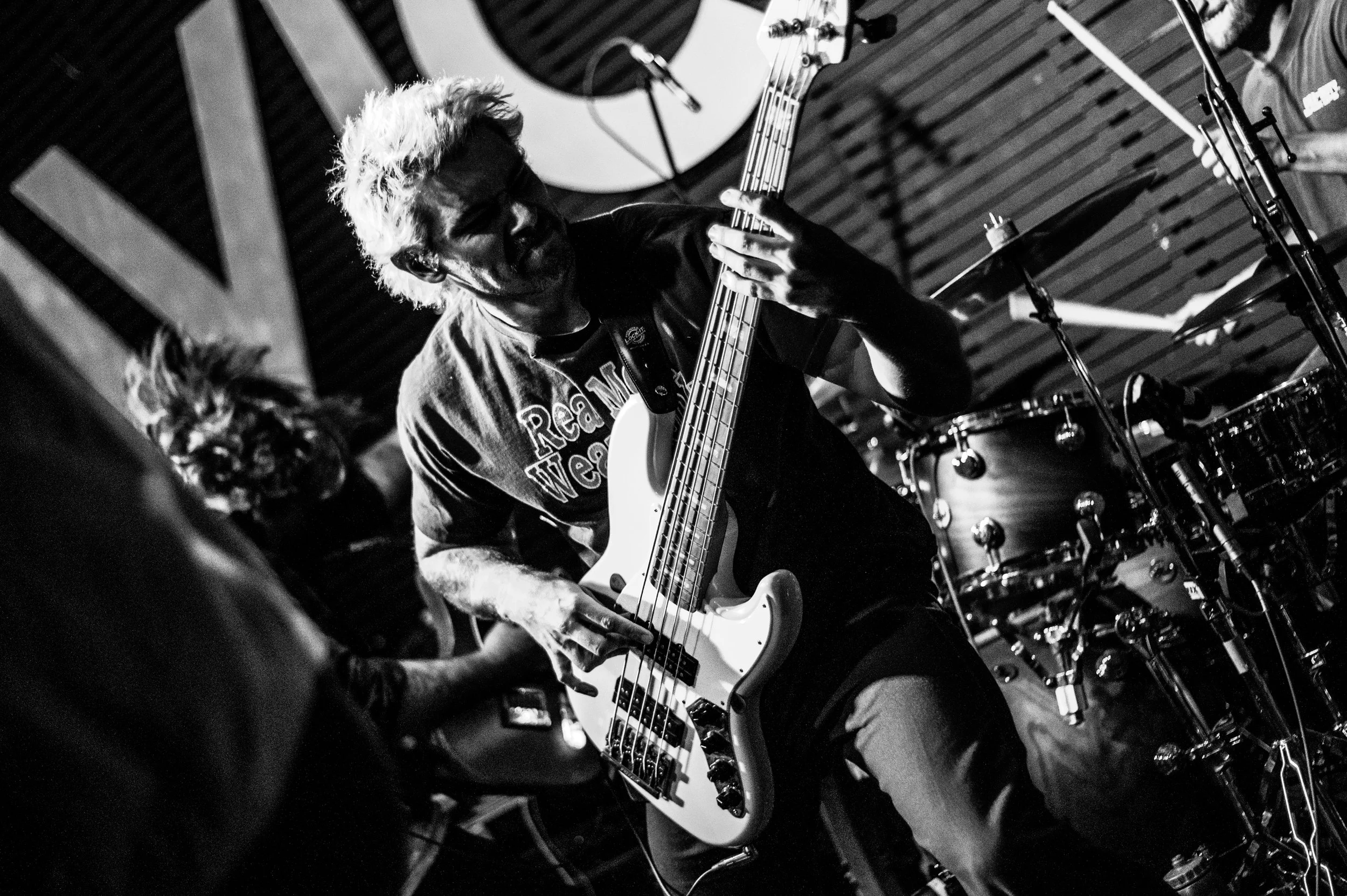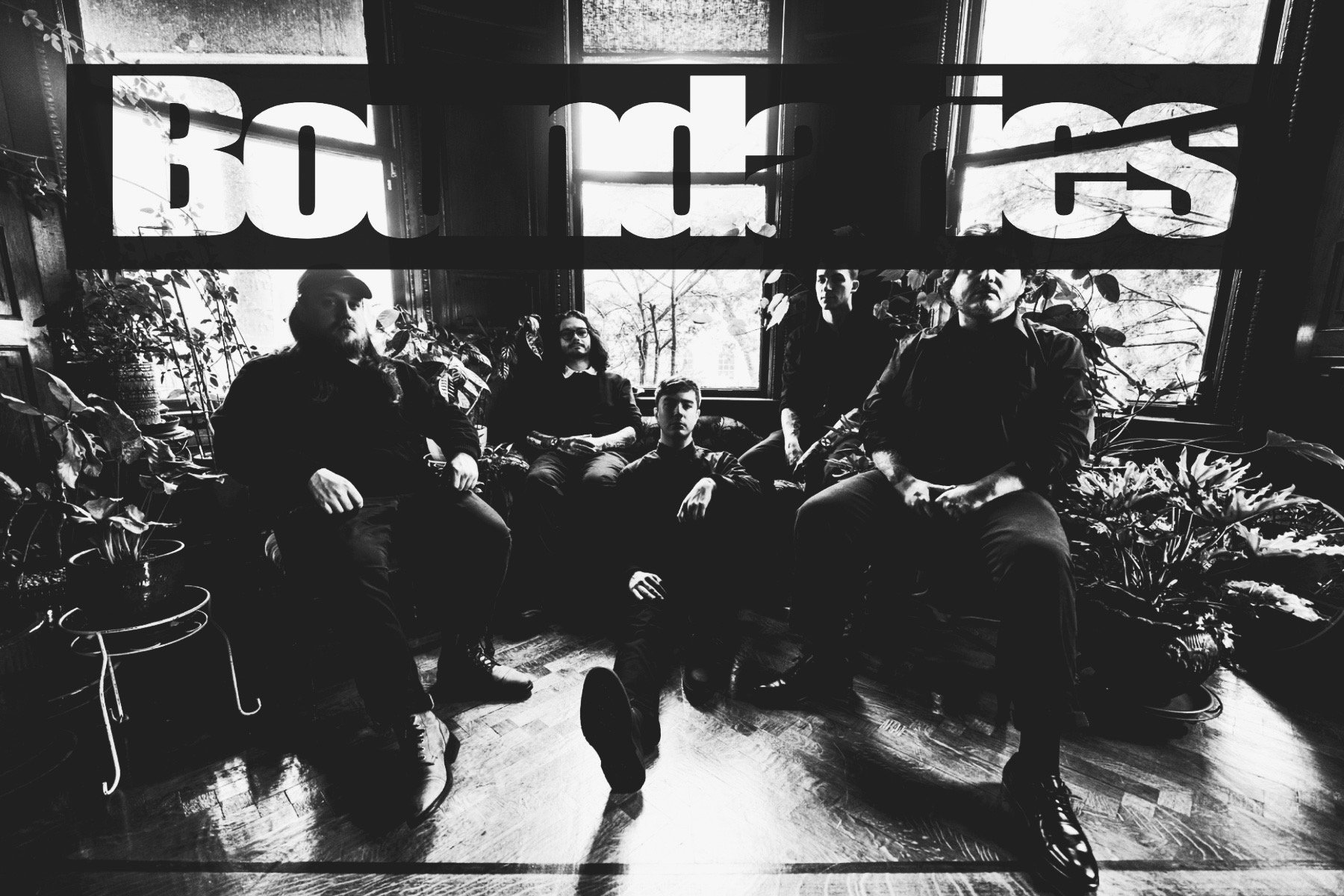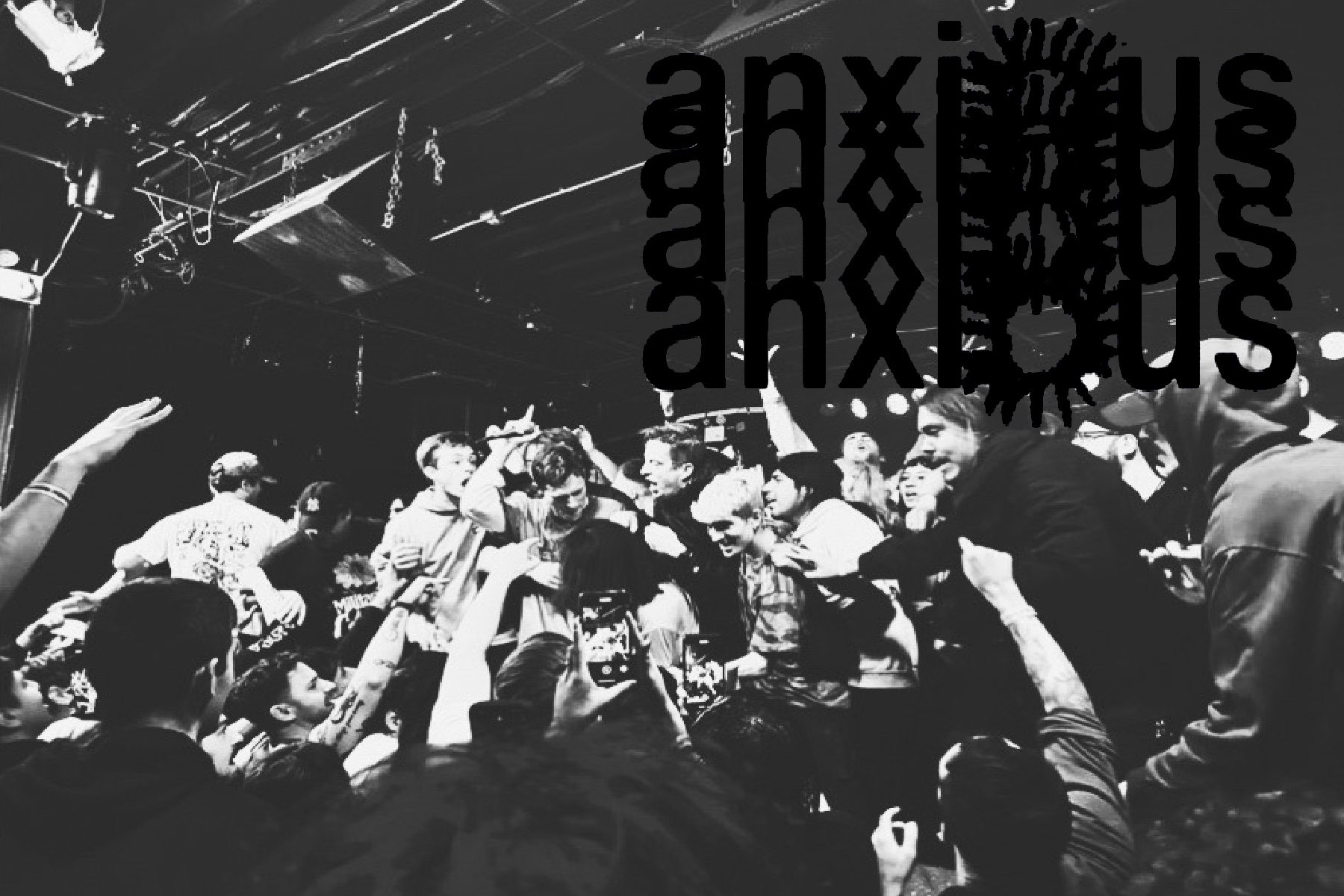
A Conversation with Alyssa from Creative Playground

A Catalyst for Change: A Convo with Julian Porte from Levitation Room

Keep Your Eyes on the Road
Early this November, I sat down with a cup of tea and talked with Riya Mahesh, the Texas-born, Boston-based artist behind the experimental electropop project Quiet Light. Riya called me over dinner on the East Coast, and we talked about experimental creation, making your own rules, driving for hours, and getting anyone to listen to your music in the first place.

In The Waiting Room with Kyle Fasel of Real Friends

Behind Burnout: Good Terms on Upcoming Record, Current Tour and Exploring Their Evolution

Straight Edge and Strong: A Counterculture in Hardcore—Interview with No Right

Fear and Loathing at the Knockdown Center: Here For New York ‘24
I ask you this dear reader… if a tree falls in a forest and nobody is around to hear it, does it make a sound? And, if a person in Bushwick slips slowly into a crowd to dance the night away, and nobody takes a video— were they ever really there?

Gingerbee & Friends in Conversation on Summer Tour 2024

Art in Conversation with Pettik Leó Zakariás
"It’s the same with art—it’s better when it’s shared."

Live from the Scottish Scene: PEATBOG FAERIES

Sydney Hardcore’s MOST WANTED–SPEED Interview on Keeping Traditional Hardcore Alive, Cross-Continental Scenes and Advice for the Next Gen…
Album Cover Photo via @hartleyphoto

On All Street Gallery’s My Need for Tender Loving Care

Rejoicing in the Reverie–Interview with Jared from State Faults on upcoming album, religious symbolism and personal growth.
Dublin Music Spotlight

A Day in the Rain with Earthship & Couch Dog

Kate Bollinger: Shabang x Rambler

Shabang x Rambler: In Conversation with Founder Greg Golf
Uncropped Film: Exclusive with Young & Hamilton

Boundaries released record, Death is Little More, will be echoed in eternity.

